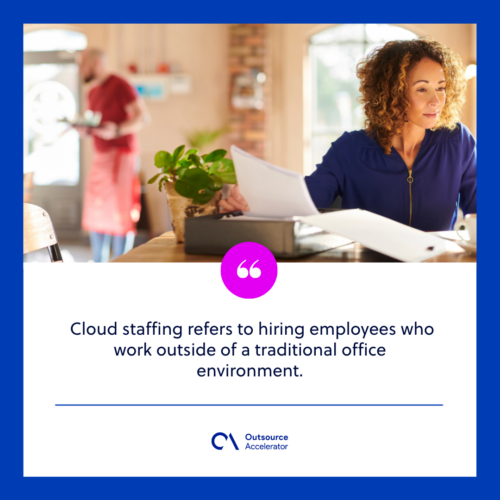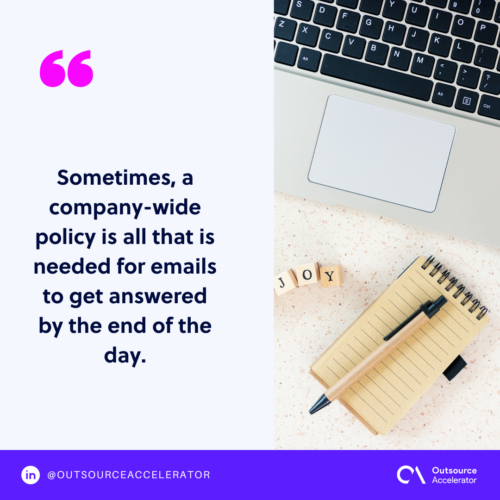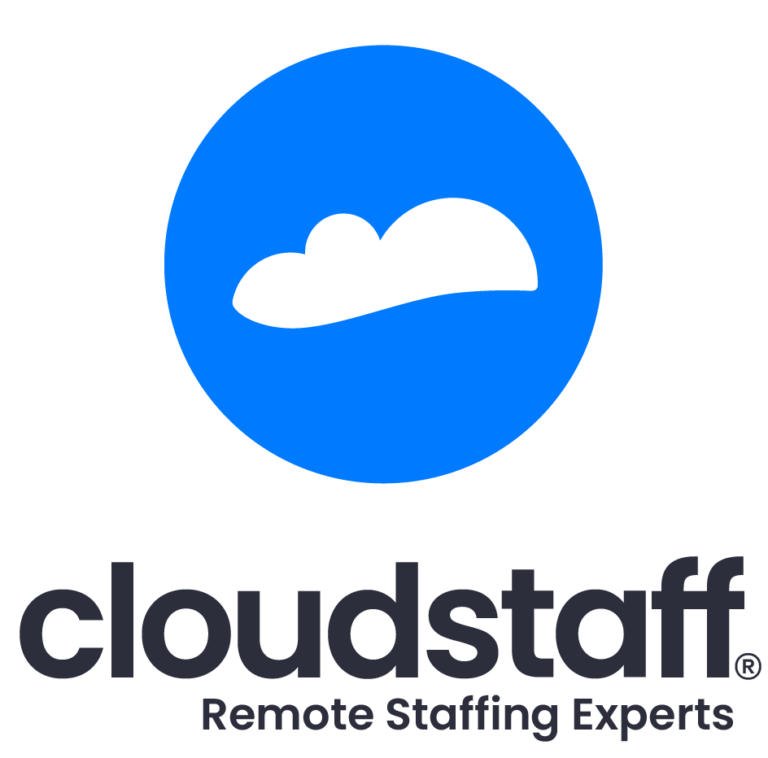Top five tips in managing your cloud staff

Being proficient at managing employees can already be challenging. Leading a cloud staff takes more effort than managing a traditional in-office team.
Supervisors who are used to monitoring productivity based upon their employee’s desk time and visible activity levels may find cloud staffing foreign and unmanageable.
On the other hand, employees may feel a little uncomfortable in the beginning too as they adjust to their work shifts and new environment.
After all, companies who are used to physical interactions may need some time adjusting to a remote type of work environment.
What is a cloud staff?
The term cloud staff is a term referring to turn-key offshore teams. Cloud staffing refers to hiring employees who work outside of a traditional office environment.
Your team doesn’t need to work inside your office building. They work remotely instead, at your preferred schedule.
This term was originally coined by the company Cloudstaff Modern Workforce, which provides world-class outsourcing solutions for small and medium-sized businesses worldwide.
This company employs expert staff across many fields to help your business grow while reducing costs.

The rise of remote work and flexible arrangements
Everyone witnessed a shift in the business industry due to the Covid-19 pandemic. While remote working is not a new concept to some companies, it immediately became the new normal for most businesses.
Different corporations have to accommodate new attitudes and habits because of the pandemic, and one of those is working from home.
Recent events made flexible remote work possible for everyone. The shift towards working from home means that the number of companies that will explore and embrace cloud staffing may grow in the future as businesses prepare to open and recover.
Tips to manage your cloud staff
Though cloud staffing is now widely used by most industries, there are still companies who are unsure about it.
It is primarily because they do not have any idea how to work with cloud staff efficiently.
Thus, here are five tips on how to manage your cloud staff effectively.
Understand common challenges
Typically, there are three main challenges you would encounter in managing a remote workforce. These are lack of face time with the team, communication breakdowns, and distractions.
Traditional supervisors often rely on workplace encounters as a means of tracking productivity and dedication. It’s also easier to address problems within the team in shared workspaces.
Working remotely also means that we can’t just peek over the next cubicle to ask a quick question. Digital messages, though convenient, can go unnoticed for long periods of time.
Additionally, a lot can go wrong during a remote conference call. From cheerful toddlers, playful pets, to uninformed relatives that are making noise in the background..
In these instances, having patience is really helpful. Managers can help by creating an effective communication strategy where employees can address their issues and be given a prompt response.
Set productivity standards
It is important to set some standards when managing your cloud staff. Sometimes, a company-wide policy is all that is needed for emails to get answered by the end of the day.
Individual standards must also be analyzed and documented to know if the employees can perform their tasks efficiently and if they can handle their workload well.
While keeping documentation of productivity standards may look like additional work, it may help you spot things – especially potential problems – that need to be addressed within your team.

Identify and provide the right tools
One of the most important aspects of successfully managing a cloud staff is making sure that all the necessary tools are easily accessible as they need to be.
Evaluate the things that your employees need and make sure that they have them. Always remember that every employee needs the right tools to do their tasks correctly and effectively.
Create a communication strategy
Workplace interactions can develop your relationship with your employees and teamwork. For cloud staffing, it may take a little extra effort to recreate such communication.
You must ensure that all your employees are included in team activities and discussions whenever possible. Always encourage them to contact you and other members whenever they need help on their tasks.
To monitor progress and foster a good working relationship, it’s helpful to create a set time for group online interactions. Daily check-ins or staff meetings can help you assess your team’s situation.
Follow up with employees regularly
There is no set standard for how often you should reach out to your cloud staff. But always remember that doing one-on-one calls is not just about monitoring productivity.
Voice or video calls can also be a means of keeping your cloud staff motivated and engaged.
You should determine if your employee is doing well overall. Work with the staff member to identify how they feel about their work and eliminate problems.
Talk to your employees and discuss their professional development. Make sure to never leave a question unanswered.
As much as is reasonable, you should adapt your schedule depending on your team’s work shift and needs.







 Independent
Independent




